Image
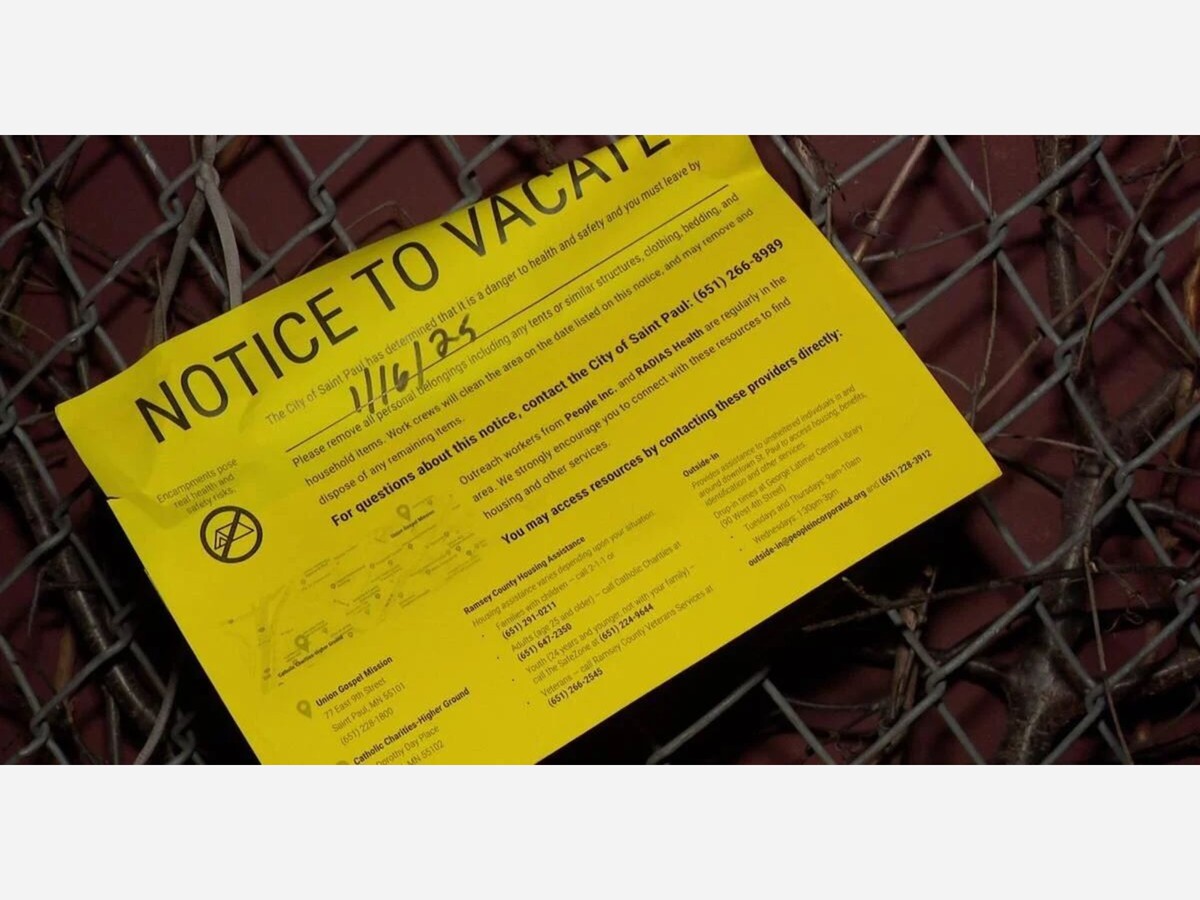

Most of the camp’s residents relocated to other encampments, including a site near Pig’s Eye Park.
Na Lee packed up his personal belongings Thursday morning, placing them on a tarp so he could move before city crews cleared away the tent he lived in on St. Paul’s East Side.
He collected a sleeping bag and a box of rocks he had gathered along nearby railroad tracks, among other personal items. Lee was one of dozens of residents forced to leave a homeless encampment near the Bruce Vento Nature Sanctuary that was home to several Hmong and Southeast Asian residents.
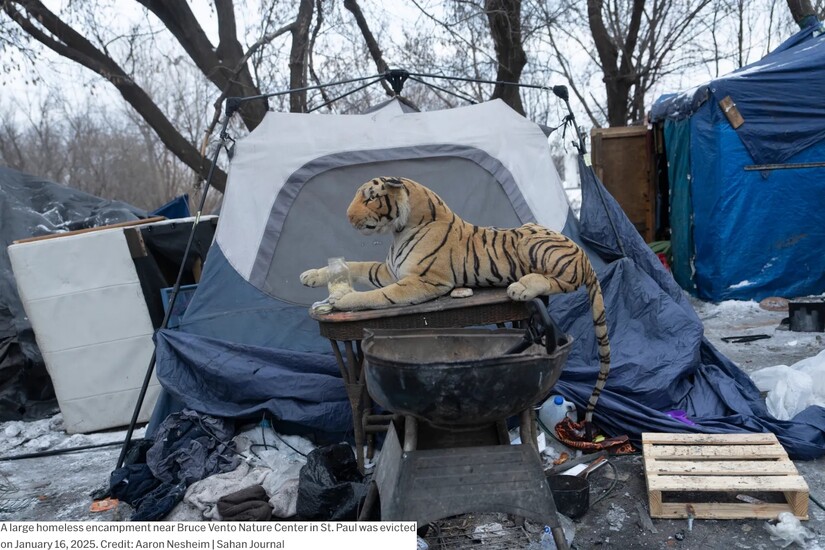
“It’s saddening that we have to leave,” Lee said of the encampment where he lived for the last six months.
Lee said he initially worried about potential violence at the encampment, but didn’t experience that during his time there.
About a dozen camp residents and a few dozen tents remained at the site south of Payne Avenue and 7th Street East when city crews and police arrived before 8 a.m. to clear the encampment. Yellow vacate notices were posted on January 7 notifying residents that they had until January 16 to leave.
The city estimated that about 40 people were living at the encampment last week, although advocates said the number was likely higher. About 60 people lived at the camp when Sahan Journal visited last October.
Most of the camp’s residents relocated to other encampments, including a site near Pig’s Eye Park, according to city officials and service providers at the eviction.
Several teams of service providers, including the city’s Homeless Assistance Response Team, checked with camp residents Thursday about any services they needed.
City staffers dressed in bright yellow jackets tore down the remaining tents using small construction vehicles.
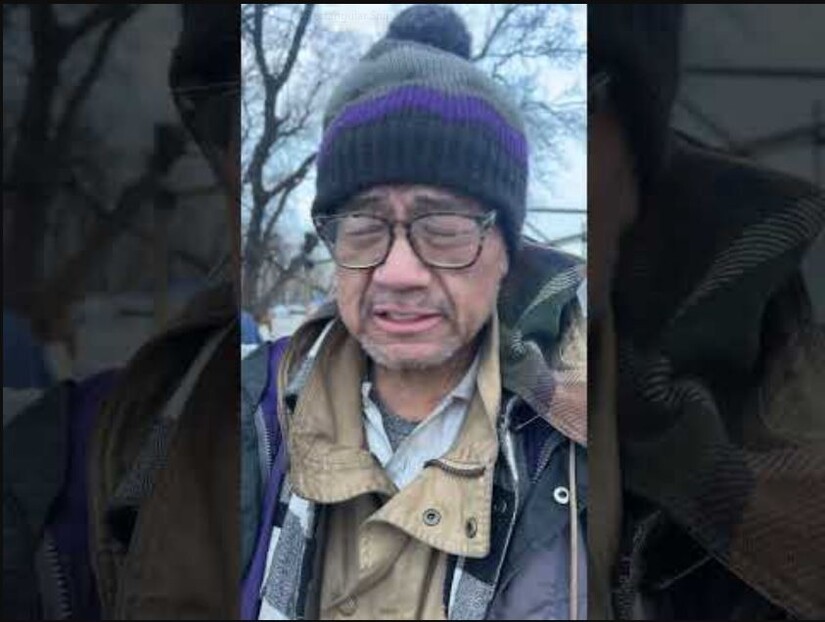
The city said that the encampment is a “danger to health and safety.” The encampment had been operating since at least August 2023, and has been the subject of more than 400 police calls and more than 50 calls for fire or medical services, according to Casey Rodriguez, communications manager for St. Paul’s Department of Safety & Inspections.
Mayor Melvin Carter toured the camp Thursday morning. Asked if there were enough shelter beds available for camp residents, Carter emphasized the need for regional and statewide funding to support shelters, “otherwise, no, we’ll always be chasing our tails.”
Some residents accepted offers to relocate to shelters; the city did not track the exact number. Three residents obtained housing, such as apartments, and five others are waiting for housing, said Jennifer Lor, Carter’s press secretary.
Lee said he learned about the encampment from a friend who was living there. They met at the Saint Paul Opportunity Center, which provides daytime services for homeless clients, and were in similar circumstances.
“I think I feel right at home, because there’s a lot of Hmong individuals in groups and teams,” Lee said of the encampment. “There’s an ethnicity, cultural and traditional feeling in me in the camp.”
He said he’s been waiting the past four months to hear whether his housing applications he submitted to local agencies that help homeless residents have been accepted.
The vacate notices at the encampment listed resources for housing support or shelter. However, two of the shelters on the notices are at full capacity most nights, said two local advocacy organizations.
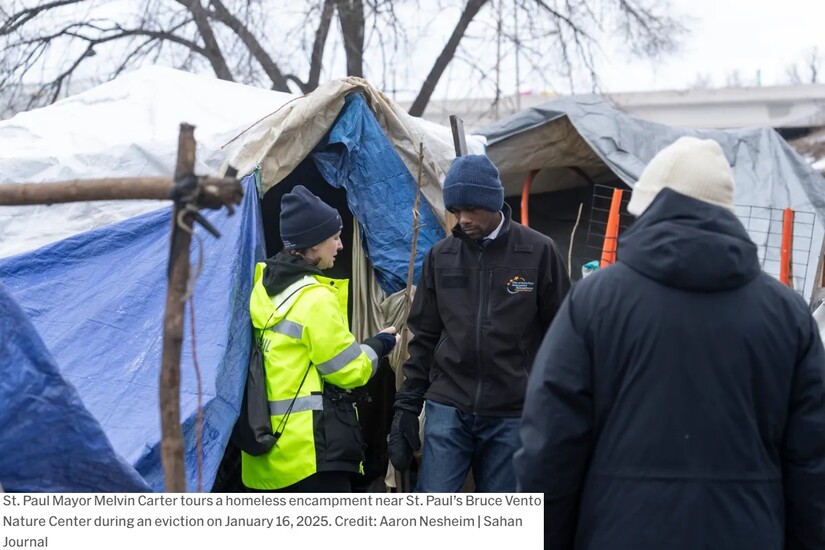
“The shelters listed on the notice are some of the low-barrier options,” Rodriguez said. “We’re aware that many shelters are at or close to capacity, especially this time of year, but the listed options are our standard suggestions.”
Other shelters have rules and requirements that may not appeal to camp residents, he said.
The encampment is located on Ramsey County property. The county recently established contracts with the Karen Organization of Minnesota, Koom Recovery and Ain Dah Yung to help residents find resources. Each agency will receive up to $10,000, said Casper Hill, a Ramsey County spokesperson.
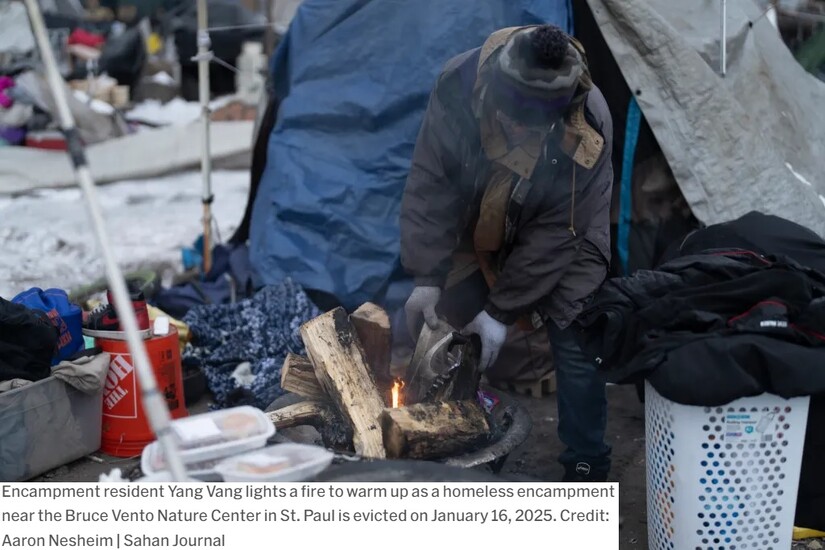
Xianna Mouayang, co-founder of Koom Recovery, said one of the most common barriers camp residents face in obtaining shelter is that many don’t have state-issued identification, which is often required to receive services such as medical care and housing. Service providers are looking into transporting camp residents to state driver and vehicle offices where they can obtain a state ID, she said.
SOURCE: Sahan Journal